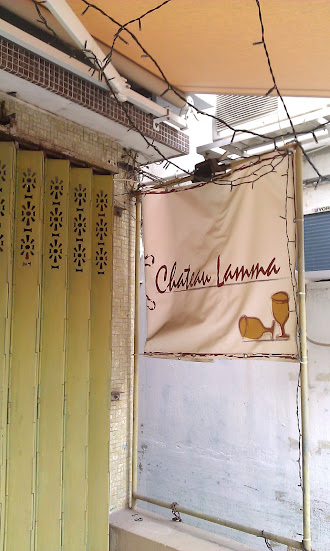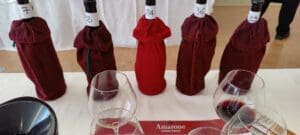Over last weekend I went on a not-so-relaxing holiday trip in Hong Kong, one filled with forest walks and country parks but no wine drinking. (Insert groan here.)
Fortunately, between stops in the urban setting of Central (Hong Kong island) and the slightly remote area of Stanley (the back yard of Hong Kong island) I had the chance to look at a few wine shops, and the following will be some thoughts I have on the wine scenes in the two financial hubs.
Wait, don’t frown on me yet with the post on Hong Kong instead of Singapore, I promise I will come back on SG later. It’s all #truelocal.
Firstly some background…
- Hong Kong used to have a 40 per cent duty on alcohol import. This was removed in 2008. Wine auctions went bonkers with record-breaking prices ever since. Singapore has a different taxation at around $70 per litre of alcohol, this means different wines will have different tax. Lower alcohol, lower tax.
- The shops I saw in Hong Kong appears to be individual establishments, with ageing and yellowish posters featuring the top five Bordeaux château. Most Singapore wine shops are chains, some feature fine wines but mostly push for the everyday drinking prices.
- Most of my friends in Hong Kong don’t mention about drinking at all. Here, we are alcoholics.
- Hong Kong is much closer to China, the land of new-found riches and economy super power. Singapore neighbours are not coming over to splurge in our market, as much.
Now back to my points…
In the recent years, Chinese presence on Hong Kong has been on exponential increase. With their newly acquired wealth and increasingly stronger currency, the Chinese expenditures in Hong Kong have become one of the key drivers of Hong Kong economy. High value fine wine fits into one of their favourite shopping items.
With demand comes supply, and vice versa. The merchants naturally geared themselves into the fine wine category to grab a slice of the market pie. Given high real-estate prices, shop fronts are small, therefore shelf space is small and the range of wine will naturally become narrow. This will indirectly push lower value wines off the shelf. Coupled with not-as-alcoholic-as-us culture of the Hong Kong residents, the merchants will have no incentives nor motivations to engage the low-spending-power consumers.
Our shores have it a little different. People likes to drink. Our neighbouring countries are not as alcoholic as us. Shops here are large, run in chains and only the really high spenders will be splurging on the high-end wines but they are hard to come by.
The focus changes.
The bulk of Singapore consumers are the low value, quick and regular drinking, you and me. That is good news, we are the targeted profit centre and merchants ought to pay more attention to our palates, our interest and preference! Now the plus point for the merchants here may turn out to be the tax.
Quoting SingaPoured, “Singapore consumers drink better quality wine here due to the tax. The prices got marked up with an average wine costing around 20 to 30 dollars. People wouldn’t mind spending an additional 10 to 20 dollars to get something good. Back at home (UK), we get wine at eight quids. It’s not great wine, but hey it’s eight quids!”
The alcohol tax system behaves like the COE (Certificate of Entitlement) system. The higher the value of COE, the more premium brands people will buy! In a nut shell, people don’t like their tax for goods to be high proportionately. When paying 10 dollars for a 30 dollars wine, that makes the tax 33.3%. A bottle at 60 dollars with the same amount of tax, that reduces the tax to 16.6 per cent of the final sum paid. People feels happy, and the merchants benefit!
In conclusion, the market is shaped not just by the supplier and consumer in the same country, but also the neighbouring countries’ spending power, taxation system, consumer psychology and etc..
There you go, my quick three cents thoughts on the market between two shores.
Article was first published on sgwine.wordpress.com




